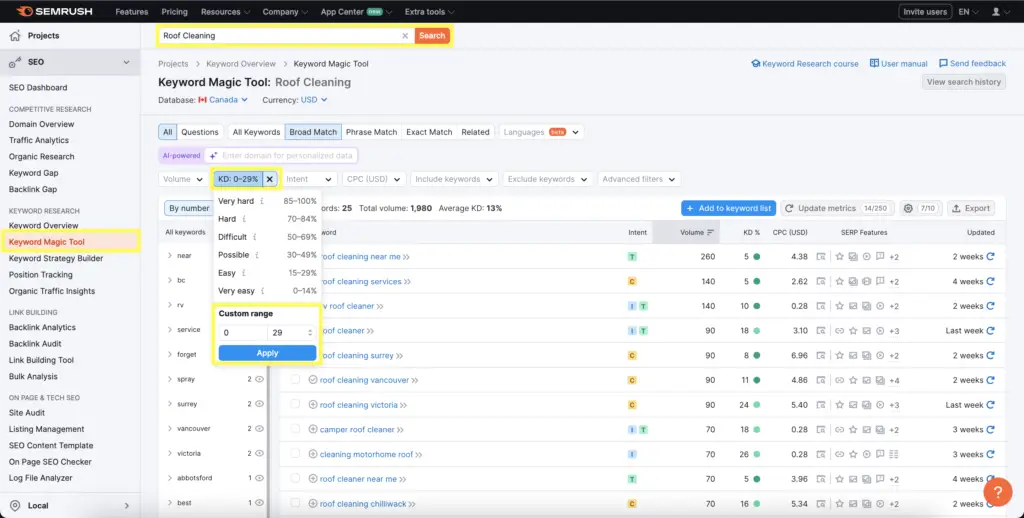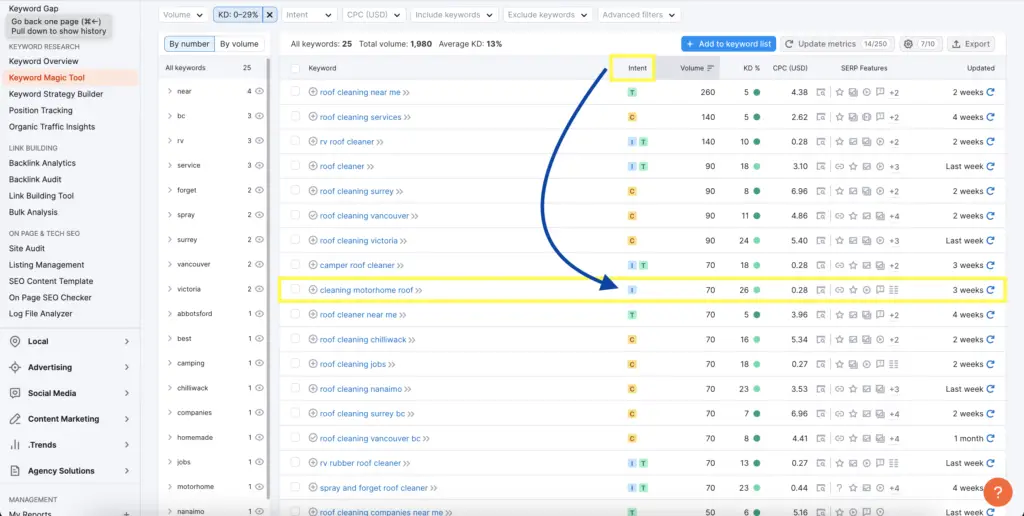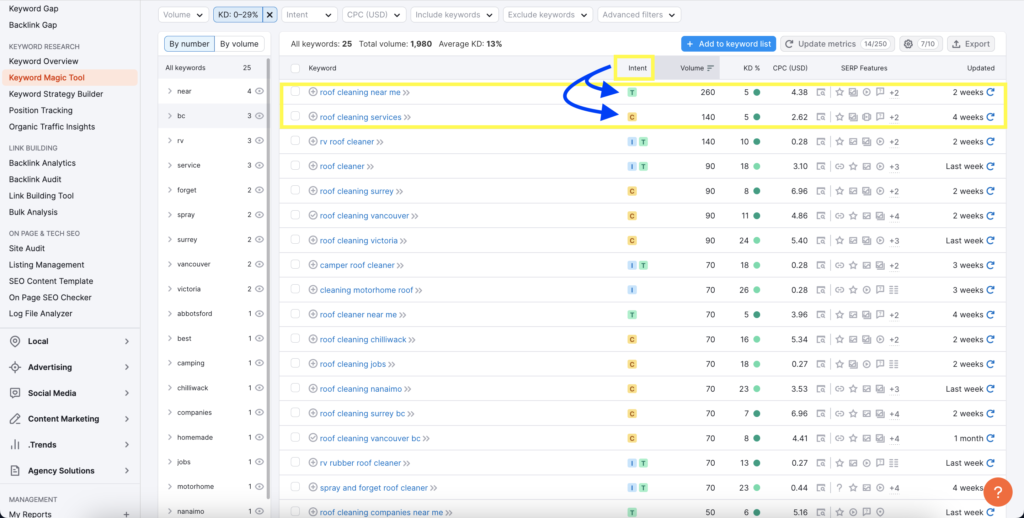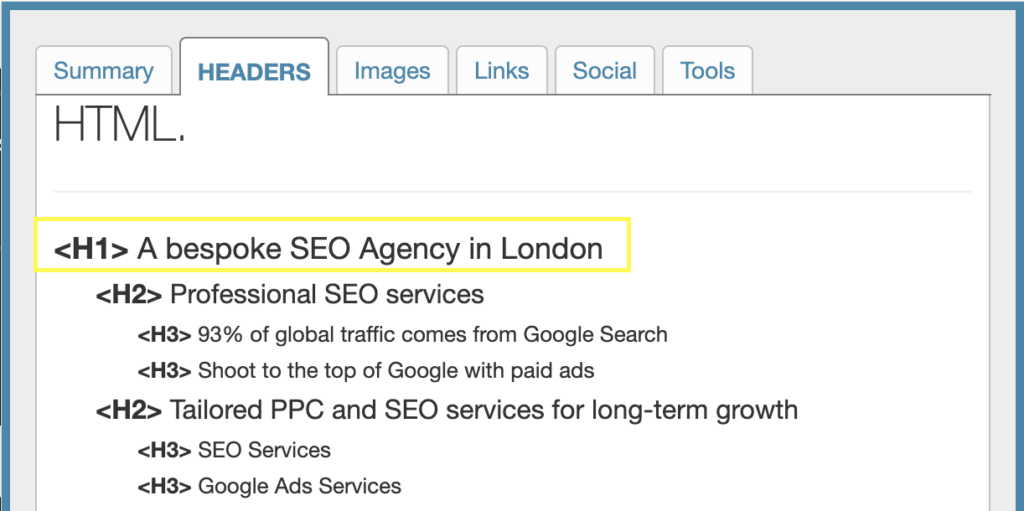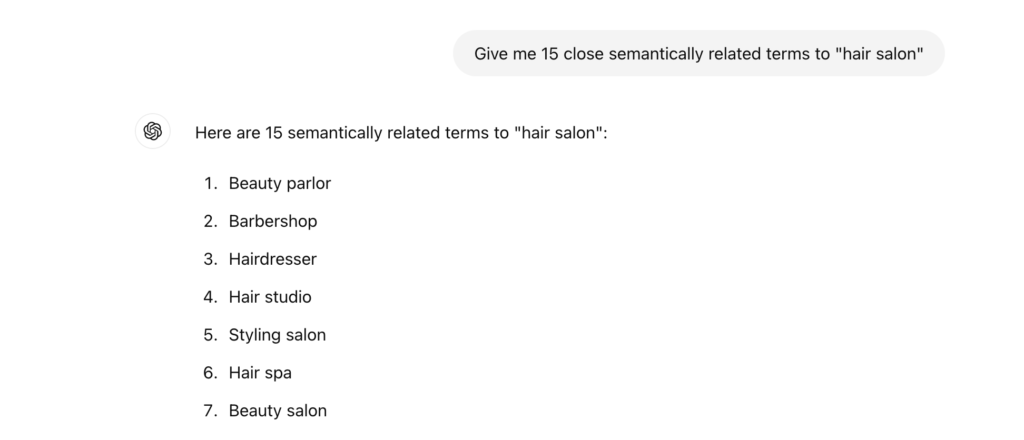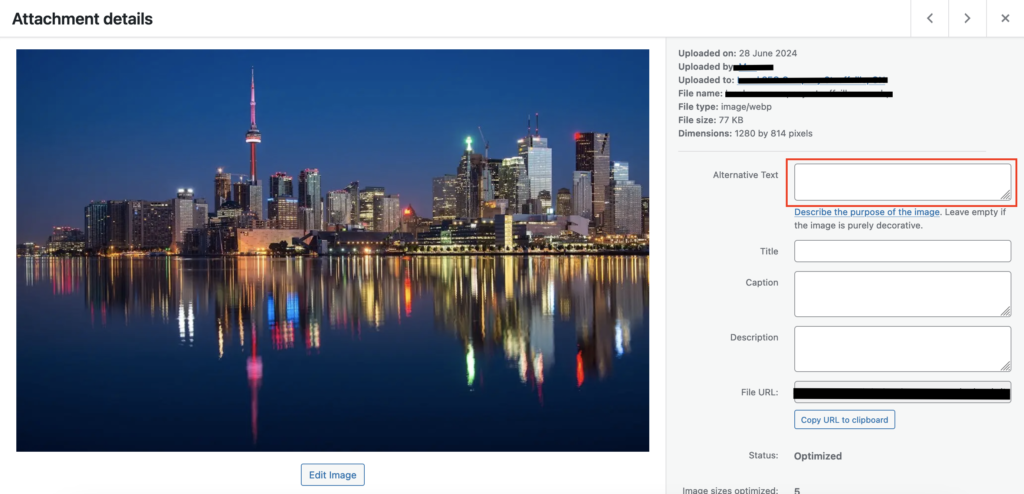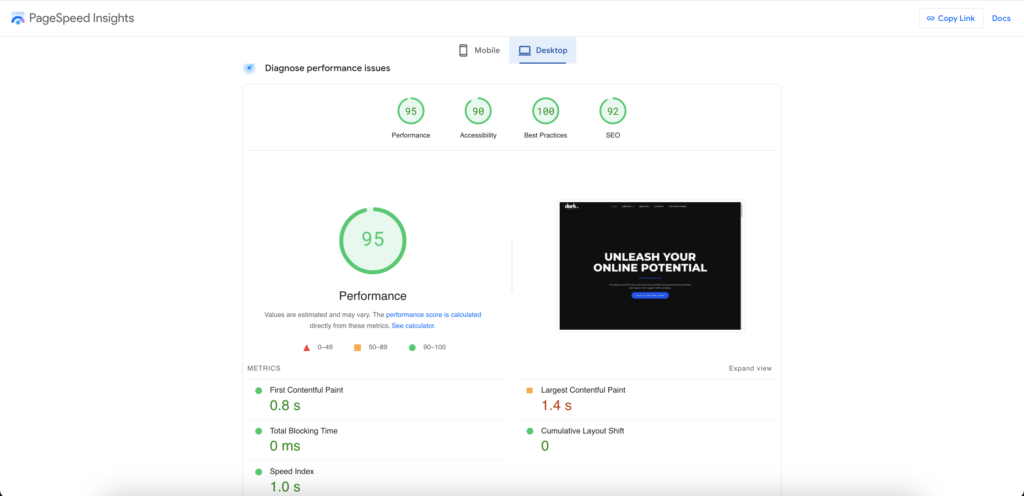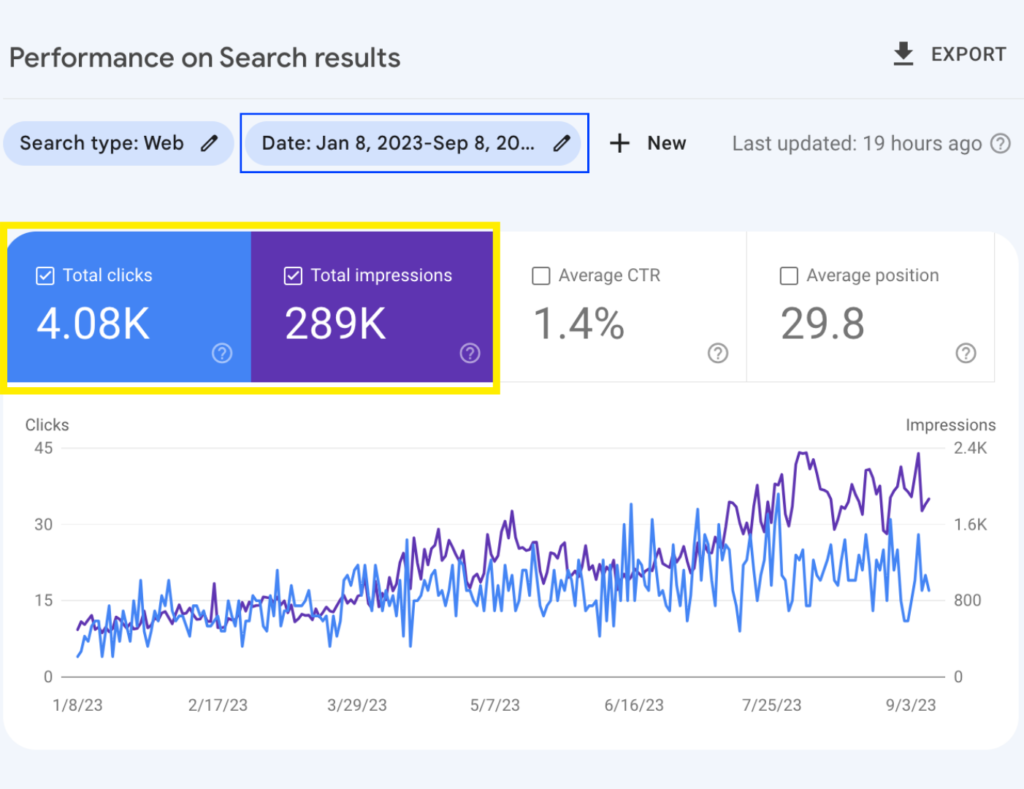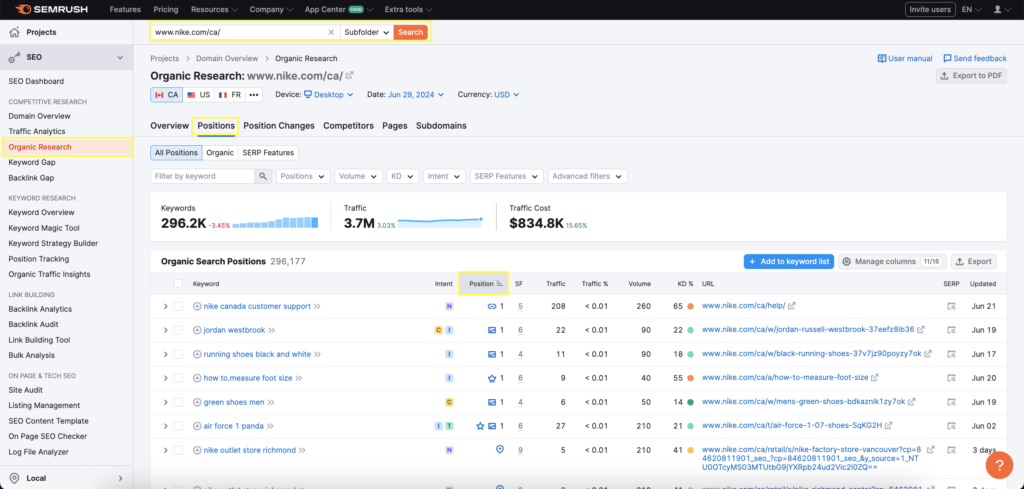When it comes to SEO, there are 3 things you need to know about:
On-Page SEO
This is how well the content on your web pages are optimized. This includes your header tags, how your content is written, how well the images on your website is optimized, and your website loading speed.
Off-Page SEO
Off-page simply means – what is happening off of your website. This includes things such as your backlink profile, anchor texts, the authority of the websites linking back to you, and the spam score of these websites.
Technical SEO
This refers to how easily search engines like Google can find and understand the content on your website – which is closely tied to “user experience”. This reflects how easily Googles bots can crawl and understand your website.

